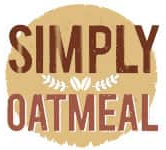When you first think about oatmeal, we frequently imagine old-fashioned rolled oats, or maybe even quick oats. However, there are different types of oats that serve a variety of purposes.
Oatmeal is the first dish that comes to mind when oats are mentioned. But, porridge is not the only way to prepare oats.
Oats can be used in risotto as a substitute for rice, and even to coat fish or chicken for frying. Because oats are naturally gluten free, they are also used in smoothies, pancakes and baked goods like bread, cookies, granola and muffins, just to name a few.
Steel cut, rolled oats and quick oats are the primary ingredient used in oatmeal. However, they are not the only oats products to be offered.
Oats are a fiber-rich food that provides more protein, vitamins and minerals than most other grains. The health benefits of oats include lower cholesterol, reduced risk of heart disease and improved digestion.
Oats have proven to be a vital source of nutrition for a healthy diet. In order to determine which kind is perfect for your recipe, we must understand the different types of oats readily available on the market.
Oat Groats
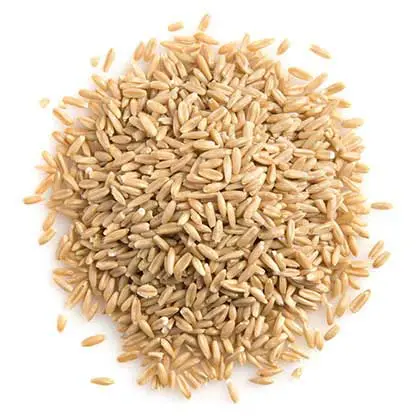
I love the word oat groat and how it simply rolls off you tongue. The oat groat is the whole kernel with the inedible hull or husk removed.
The groat contains all parts of the seed including the germ, bran and endosperm. This is the first step in the manufacturing process of oats, and thus is the most intact form available in the market.
Oat groats take the longest time to cook, about 40 minutes, and are generally added to soups, stews and pilafs. We have some delicious recipes featuring oat groats for you to try next time you are looking for a new dish to try.
Oat Bran
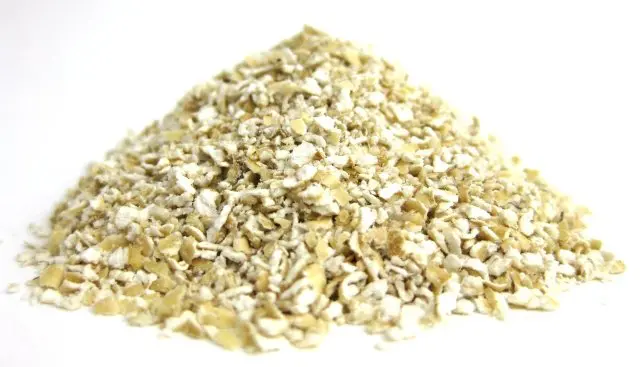
The outer layer of the groat, just beneath the inedible hull, is the oat bran. As a result, the oat bran is contained in the oat groat, steel cut oats and also Scottish oats, which have all been minimally processed.
The oat bran is removed as the oats undergoes further processing. Therefore, rolled oats, quick oats and instant oats do not have any oat bran left.
Oat bran is eaten by itself as a hot or cold cereal. In addition, it is commonly integrated into baked goods like biscuits, cookies and muffins.
Steel Cut Oats
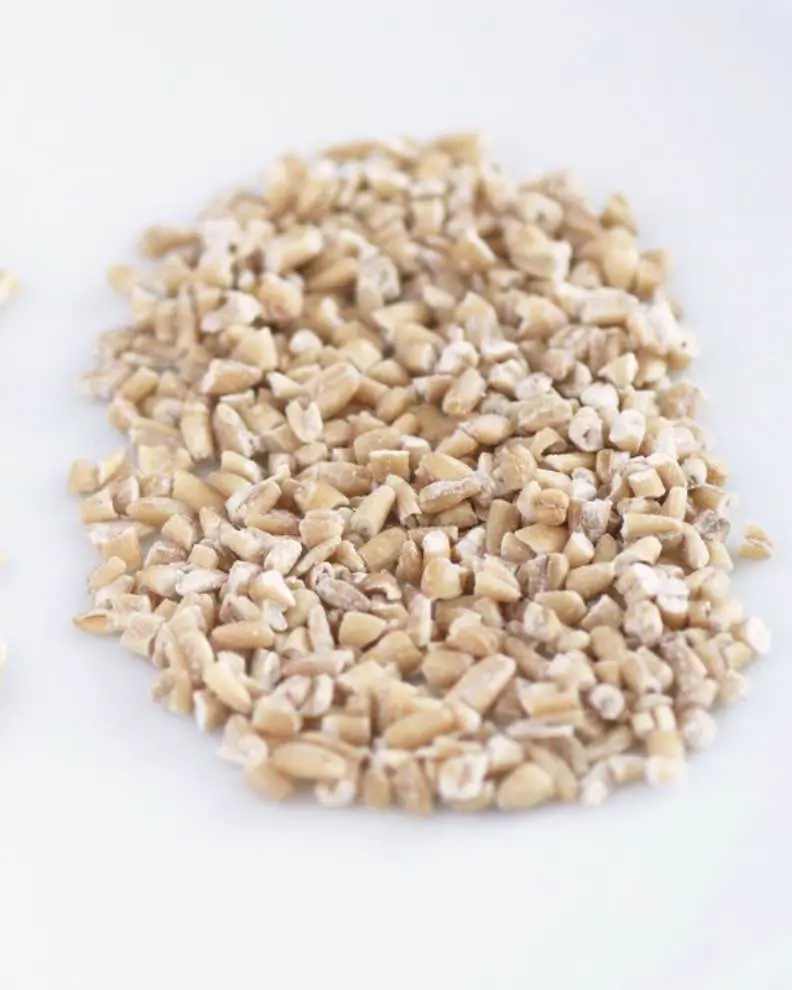
Pinhead or Irish Oats are most commonly referred to as steel cut oats. Steel cut oats are made by chopping the whole oat groat into two or three pieces.
The process makes a much chewier cereal. Because of the extra thickness, they are most commonly used for breakfast cereal and do not function very well in baking applications.
Steel cut oats is a perfect fuel for the body because of how the body breaks them down. The thickness of the cut grain allows for a lower glycemic index resulting in more effective control of blood sugar levels.
The body breaks them down slower than rolled oats. This helps you to feel full for longer and also prevents dramatic spikes in glucose.
Steel cut oats take anywhere from 20-30 minutes to fully cook. As a result, you are left with a chewy texture and a nutty flavor profile
Rolled Oats
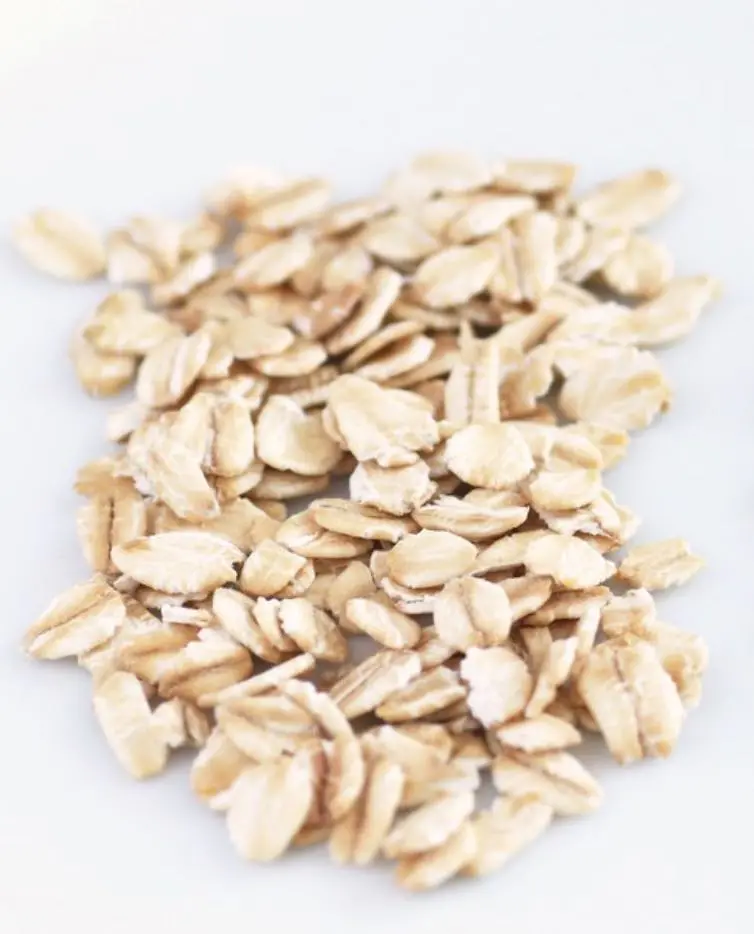
Old-fashioned and regular oats are the most commonly referred to as rolled oats. When someone thinks of oat types, rolled oats are typically what come to mind.
Rolled oats are made from oat groats that have been steamed so that they can be passed through large rolling mills without cracking. The flattened oat flakes have a larger surface area, which reduces the cooking time require.
However, a single cup of rolled oats is a hefty portion that goes a long way.
Rolled oats have a mild taste and a softer texture. Cooking time for rolled oats is lowered to about 10 minutes, which is significantly less than the amount required to cook steel cut oats.
Rolled oats are used in a majority of overnight oats recipes. They provide a bit of chewiness, without completely turning into mush.
Related: Best Rolled Oats
Quick Oats
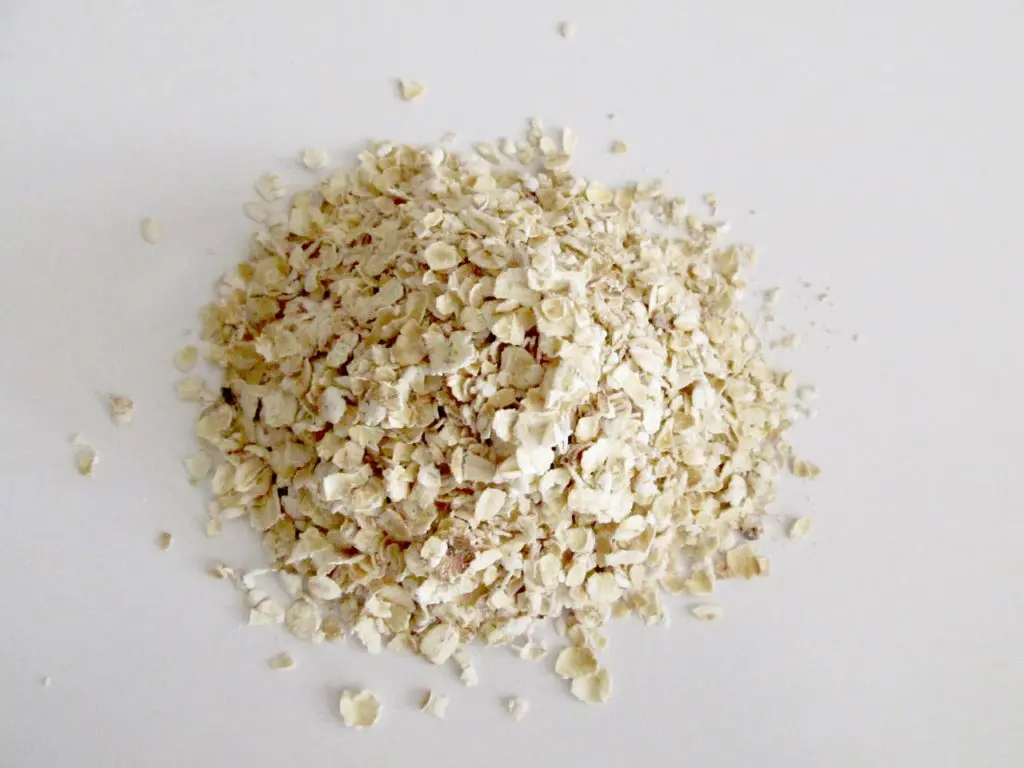
Rolled oats are available in many different varieties that indicate the thickness of the flake. The final oat flake size affects the length of cooking time required.
Quick oats are rolled slightly thinner than regular oats. As a result, the cooking time for quick oats is reduced to just a few minutes for complete doneness.
Quick oats have a pleasant taste and have a texture that is a bit smoother than rolled oats.
Instant Oats
The smallest and thinnest type is instant oats.
Instant oats have been pre-cooked to truly make them instant. Just add hot water and viola, you instantaneously have oatmeal!
Most commercial brand names add flavors and sweeteners to their prepackaged instant oats. In addition, manufactures often grind the ingredients into a fine powder.
Scottish Oats
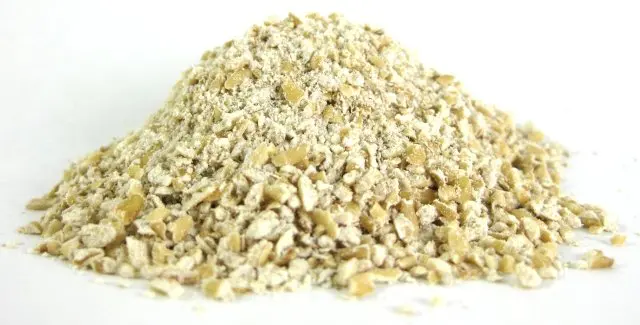
In countries like the United Kingdom, Scottish oats are recognized as being the true oatmeal.
Made from whole oat groats, Scottish oats are not steamed, rolled or cut. They are simply ground.
The grain size of Scottish oats is fairly fine, however, they are more course than flour.
In the United States, the thick and creamy dish is denoted as porridge. Scottish oats cook in about 5 minutes when combined with boiling water.
This hearty cereal is what people have been eating for centuries before the invention of modern rolling mills.
Scottish oats resemble a coarsely ground flour, very similar to cornmeal. Meal is the next grind size up from flour, but just below farina.
As a result, Scottish oats have a slight texture and are fantastic when combined in baking recipes. We have some incredible recipes for you to try next time you are looking to add oats into new dishes.
Oat Flour
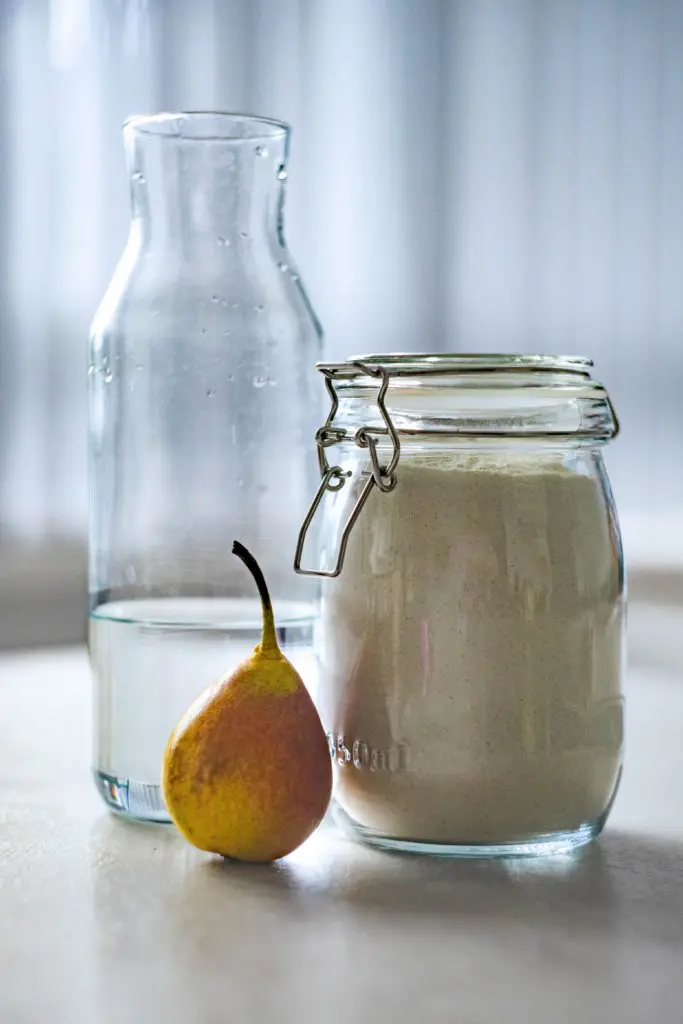
Oat flour is a whole-grain flour that made from finely ground oat groats. Because it comes from the whole groat, oat flour naturally contains all the same nutritional benefits.
Oat flour is typically used in baked goods because it’s a gluten-free alternative. Everything from cookies and muffins to biscuits, bread and cakes, when you utilize this type of oat the options are endless!
Although you can grind whole grains at home, it’s a relatively tedious task that requires a large mortar and pestle or heavy-duty rolling mill.
However, it is easy to mimic the original oat flours by using rolled oats. Make oat flour by simply grinding rolled oats in a food processer or by using a high-speed blender. Using this method, 1¼ cup of rolled oats will yield about 1 cup of oat flour.
Oat Fiber
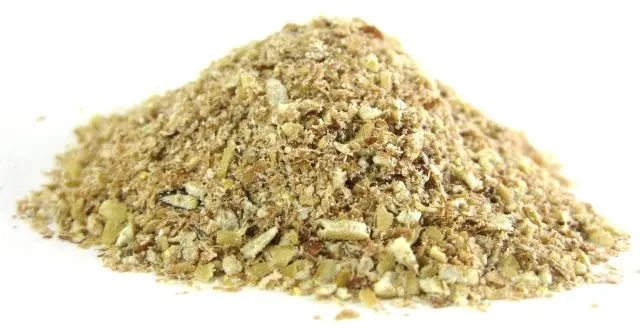
Even though it’s not the most commonly used type of oat, oat fiber must be addressed. Oat fiber is made by grinding the inedible outer husk or hull of the oat grain.
The shell of the grain consists of indigestible carbohydrates or insoluble fiber. What goes in often comes out in the same form, and therefore the oat fiber offer very little caloric value.
When included in a well-balanced diet, oat fiber is a fantastic way to increase dietary fiber intake. However, the useful properties of oat fiber are continually pursued because it is an agricultural and manufacturing byproduct.
Which type of oats are best?
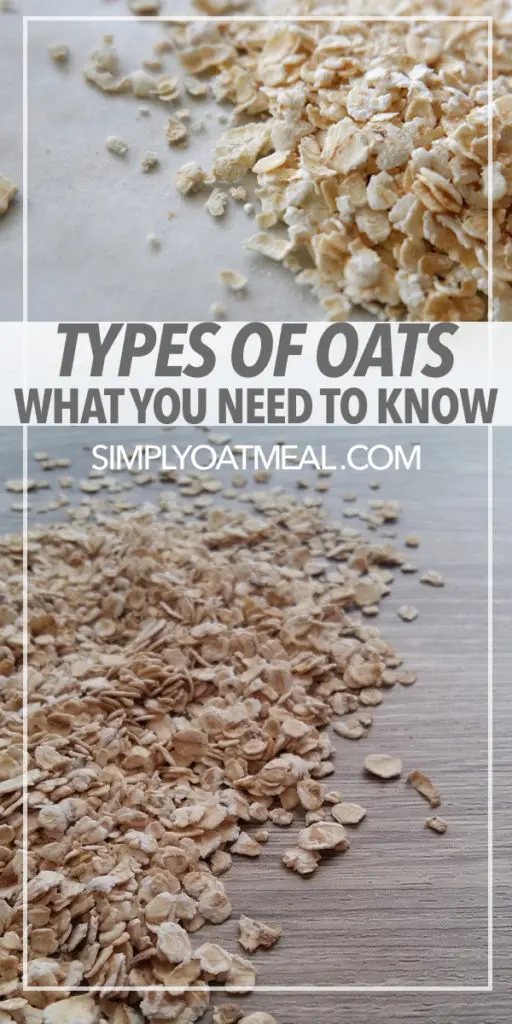
It’s commonly agreed upon that oat groats are the best because they contain nutrition from the whole grain. However, they don’t work for every application and the extended cooking time makes them somewhat less appealing.
There are types of oats that work well for different intentions. Steel cut oats are minimally processed and therefore retain a large amount of the overall benefits.
Rolled oats and quick oats significantly reduce cooking time, but the process also results in a milder taste and softer texture. Furthermore, instant oats have their place in the world, but the mushy consistency is off-putting for many people.
Scottish oats and oat flour are slightly processed, however the concern for preservation remains a key factor. Store oats and oatmeal the right way to further extend their whole value and prevent spoiling.
Oats are delicious, nutritious and also naturally gluten-free. Take proper care of your whole grains, and you will be able to keep different types of oats in your storage.
